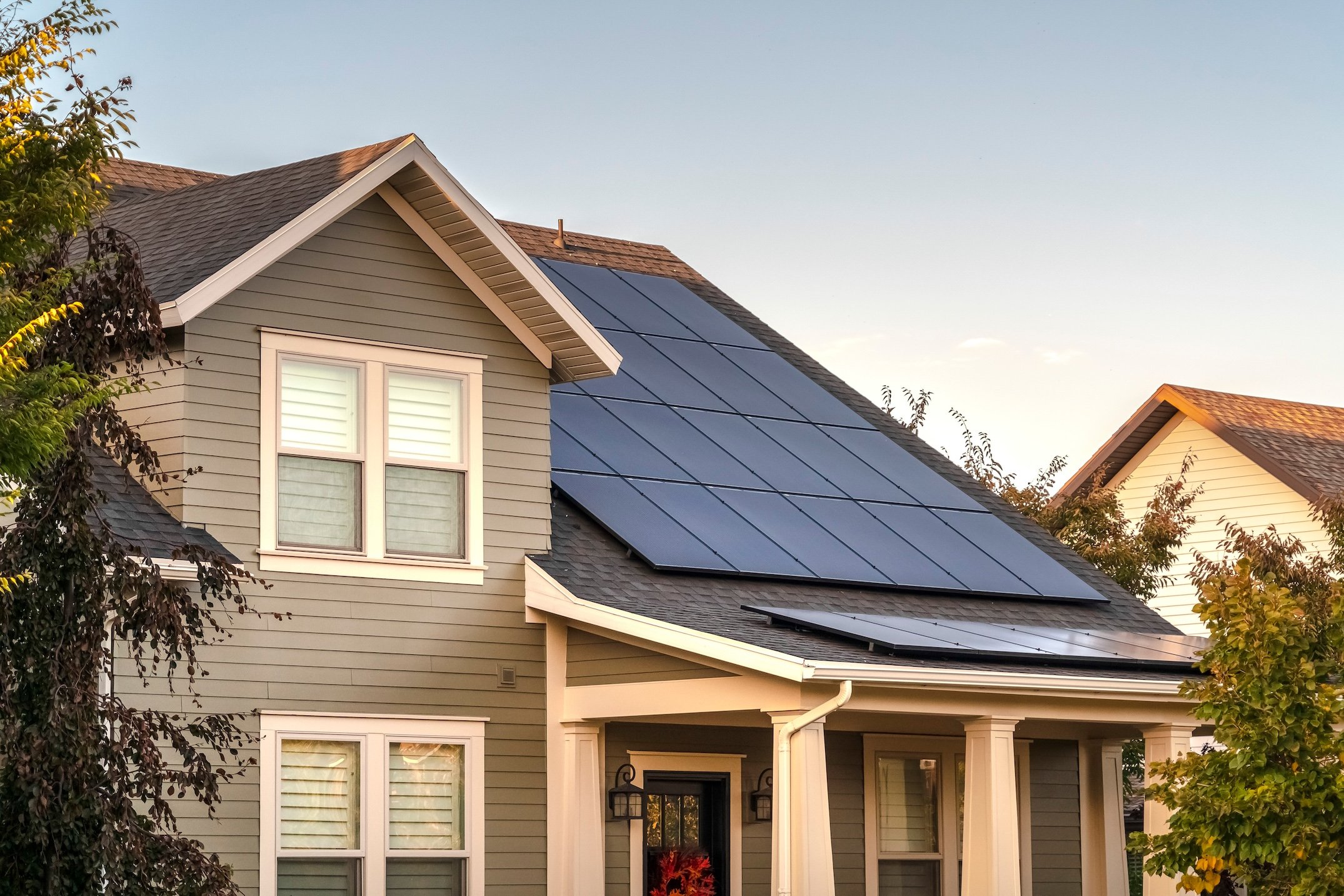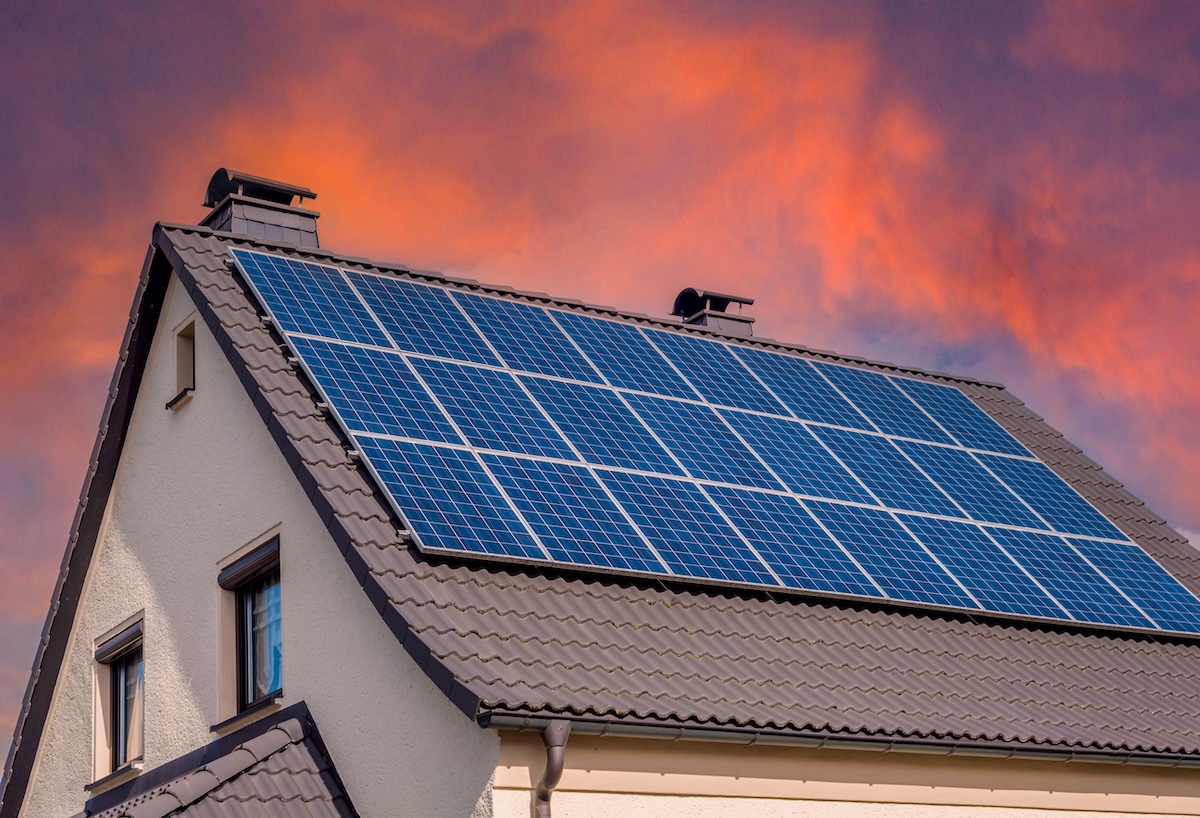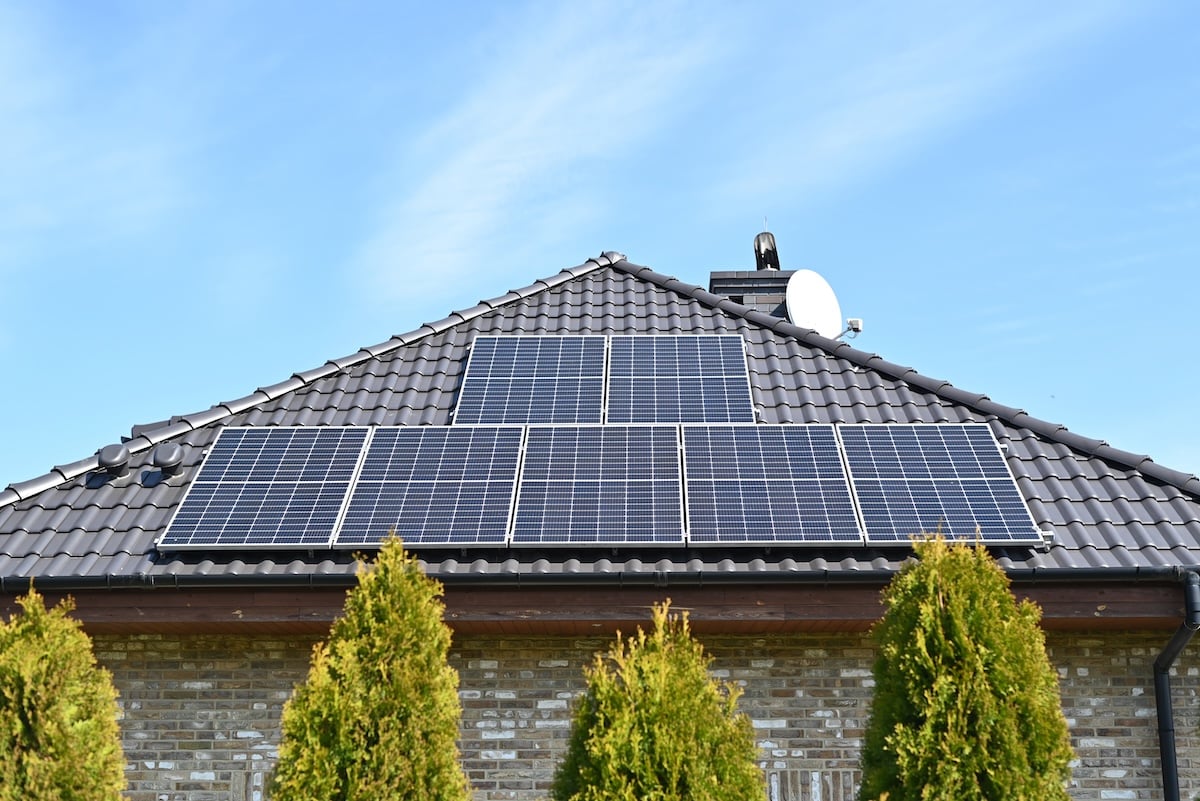11 Main Types Of Roof Damage We Encounter
8 Min Read
POSTED 12.06.2025
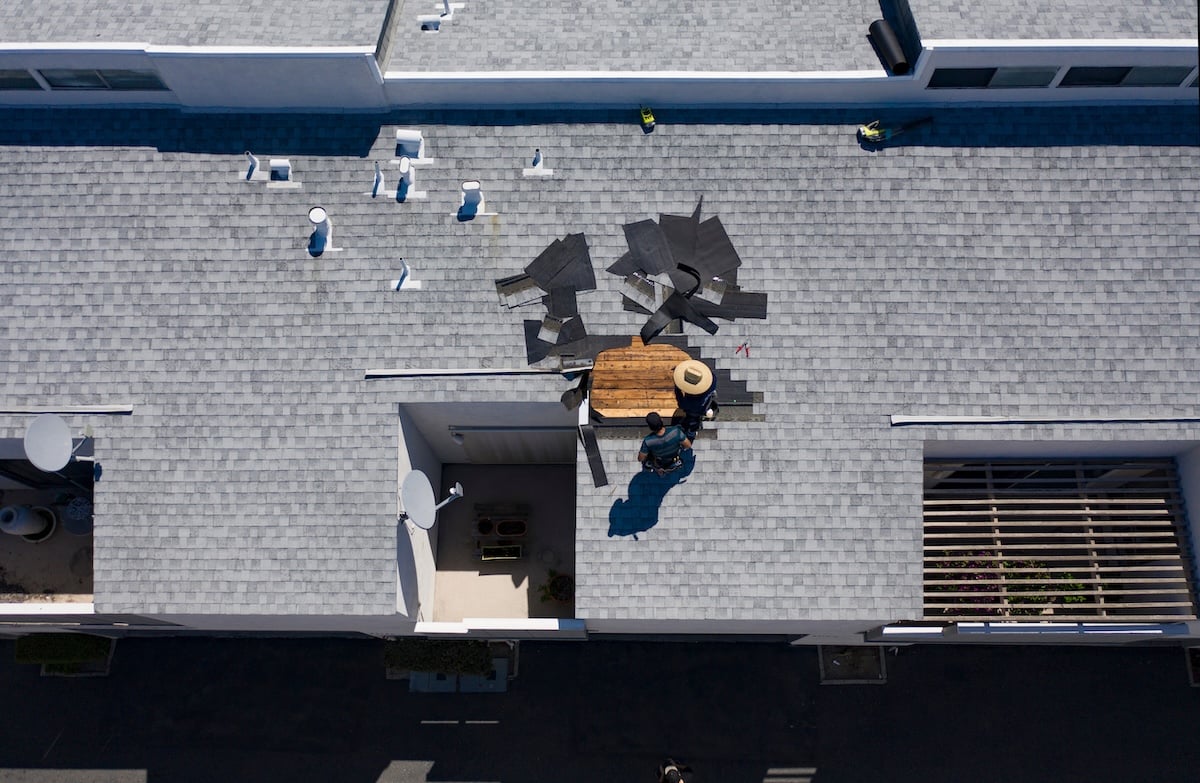
Your roof is one of the most critical structures of your home. It shields your family from weather, contributes to energy efficiency, and maintains the integrity of your entire house. However, like anything exposed to the elements, it doesn’t stay perfect forever. Knowing the types of roof damage most commonly encountered can help you identify issues early, saving you time, money, and stress in the long run.
Here’s what we’ll cover in today’s guide:
- The main types of roof damage you are likely to encounter
- How weather contributes to roof damage
- The importance of professional inspections and timely repairs
🤔 Why Timely Roof Inspections Matter
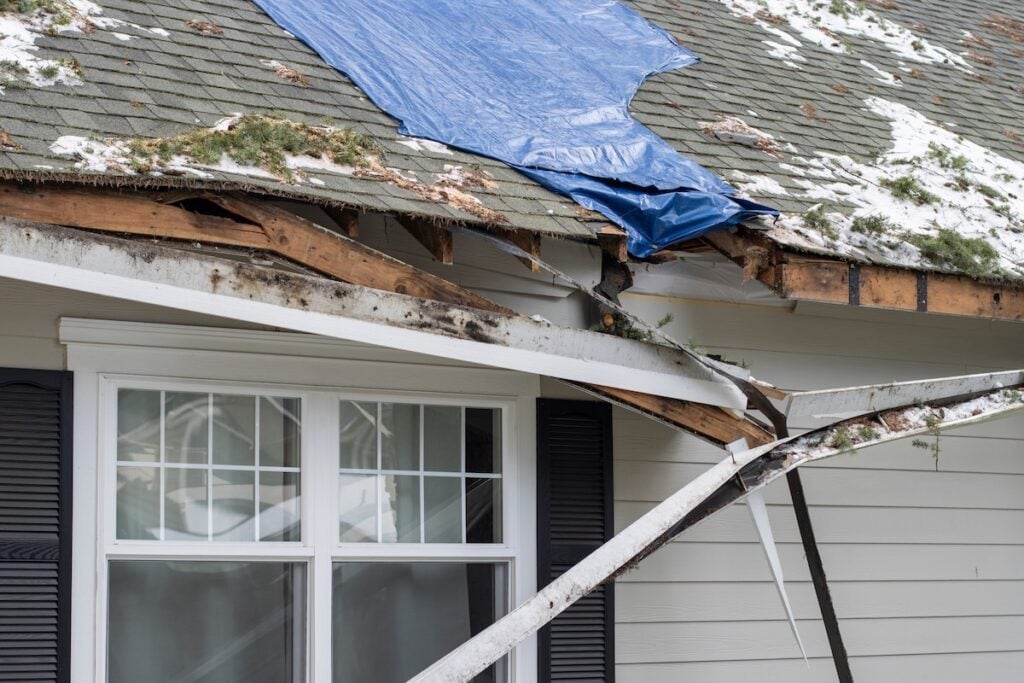
Your roof is one of the most important parts of your home, protecting you and your family from the elements. However, even small issues like loose shingles or minor leaks can quickly spiral into major problems if left unaddressed. These problems not only compromise your home’s safety but can also significantly impact its value over time.
Regular roof inspections are the key to maintaining a secure and functional roof. By catching problems early, you can avoid expensive repairs down the line and extend the lifespan of your roof. At Badgerland Exteriors, we stress the importance of scheduling inspections before and after storm seasons, as extreme weather can often cause hidden damage that may go unnoticed until it’s too late.
Taking a proactive approach to roof maintenance not only saves you money but also gives you peace of mind knowing your home is well-protected.
Benefits of Professional Inspections
- Professionals can spot structural weaknesses or small cracks you might overlook.
- Addressing small issues early prevents costly repairs later.
- Experts have the tools and training to handle roof inspections safely. When damage is discovered, especially after a severe storm, it’s crucial to act fast. Learn what steps to take with our guide on emergency roof repair after a storm.
👉 5 Main Types of Roof Damage
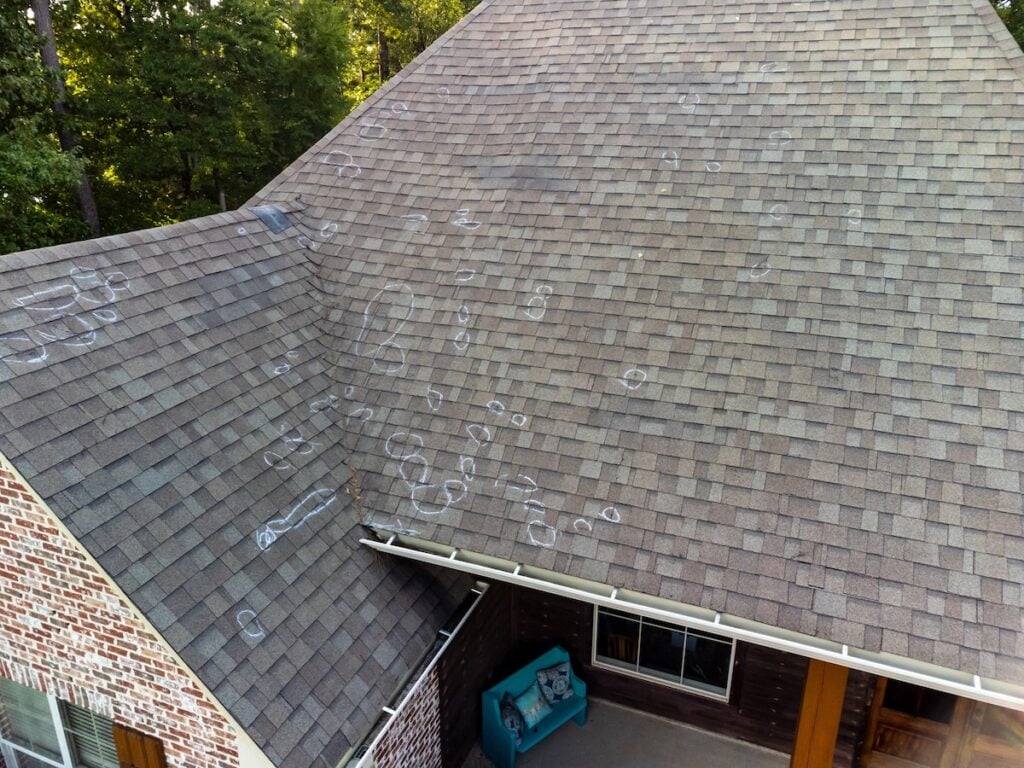
Understanding the specific issues that can plague your roof will enable you to address them promptly. Below is a numbered breakdown of the most common types of roof damage:
1. Shingle Damage
Shingles are one of the most important components of a roof, acting as the first line of defense against the elements. However, over time, they can suffer damage due to aging, weather events, or improper installation. Cracked or broken shingles often occur after years of exposure to the sun’s UV rays or during intense weather events like hailstorms, which can weaken their structure. Curling or buckling shingles are another common issue caused by prolonged exposure to heat or errors during installation, making the roof more susceptible to water infiltration. Missing shingles, often caused by high winds or severe storms, leave gaps in the roof that expose the underlying materials to rain and moisture, significantly increasing the risk of water damage.
2. Leaks and Water Damage
Roof leaks are a serious problem that can lead to extensive damage if not addressed promptly. Water can easily seep beneath shingles that have been compromised, resulting in leaks that may spread across the roof. Over time, this can lead to structural damage, the growth of mold, and even wood rot in the underlying materials. Poor flashing around chimneys, skylights, or roof edges is another common culprit behind water penetration. When flashing is improperly installed or begins to deteriorate, it creates gaps for water to enter, further exacerbating the risk of leaks and water damage.
3. Hail and Impact Damage
Hailstorms and other forms of impact damage are common threats to the integrity of a roof. Large hailstones can create dents, cracks, or punctures in the roof, weakening its ability to protect the home. Similarly, falling debris such as tree branches can cause significant damage to shingles and other roofing materials. If left unaddressed, these issues can lead to water infiltration and larger, costlier repairs in the future. Regularly inspecting the roof and promptly removing debris can help mitigate the risks associated with hail and impact damage.
4. Sagging Roof
A sagging roof is a clear indicator of underlying structural problems that should not be ignored. This issue usually arises due to weakened support beams, prolonged water damage, or the accumulation of excessive weight, such as heavy snow or ice during the winter months. A sagging roof not only compromises the overall appearance of the home but also poses serious safety concerns. It is crucial to address the root cause of the sagging quickly to prevent further structural deterioration and avoid a potential roof collapse.
5. Damaged Gutters
Gutters play a vital role in maintaining the health of your roof and home by directing water away from the structure. When gutters become clogged with debris or are damaged, they disrupt the proper flow of water, causing it to pool around the roof’s edge or at the foundation of the house. Over time, this pooling water can lead to damage along the roof edge, leaks, and even erosion around the foundation. Regular gutter maintenance, including clearing debris and repairing any broken sections, is essential to preventing long-term damage to your roof and home.
💧 Wet Weather & Its Role in Roof Damage
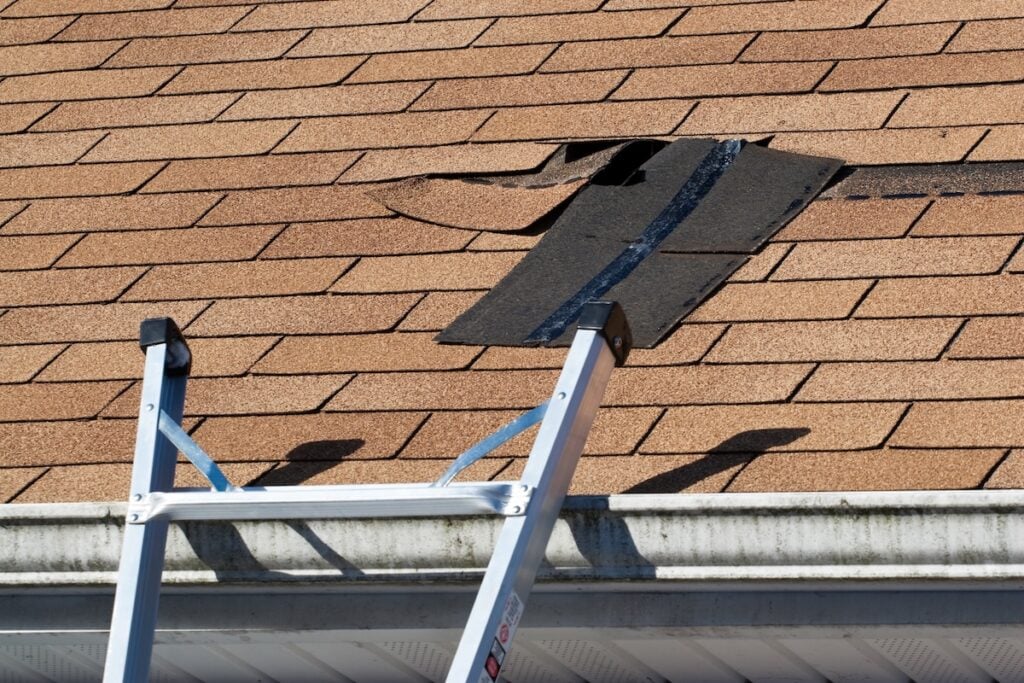
Weather is one of the top culprits behind roof damage, particularly in regions where rain, snow, or storms are common. Here’s how weather plays a part:
1. Rain and Storms
Heavy rainfall is one of the most common culprits of roof damage. Even minor cracks, gaps, or other vulnerabilities in your roof can be exploited by consistent or heavy rains, creating leaks that worsen over time. Water seeping through these imperfections can damage the underlying structure, leading to costly repairs if not addressed quickly. During intense storms, strong winds often accompany rain, which can loosen shingles, blow them off entirely, or cause branches and debris to fall onto the roof. Flash flooding can also cause water to pool on flat or poorly drained roofs, increasing the pressure on the structure and potentially resulting in leaks or structural failure.
2. Snow and Ice
Snow might look beautiful from the ground, but it poses a serious risk to your roof. When heavy snow accumulates, it adds significant weight, which could cause sagging or, in extreme cases, roof collapse, especially if the roof hasn’t been designed to handle such loads. Once snow begins to melt, the water can refreeze along the edges of the roof, forming ice dams. These ice dams block drainage and trap water behind them, which can then seep into your attic, walls, or ceilings, causing extensive water damage. Additionally, the freeze-thaw cycle of melting snow and ice can wreak havoc on roofing materials. As water seeps into small cracks and refreezes, it expands, gradually turning small cracks into larger ones. Over time, this process weakens the integrity of your roof, leading to leaks and structural issues.
3. Hailstorms
Hailstorms are a particularly destructive weather phenomenon when it comes to roofing. Hailstones can vary in size from small pebbles to golf-ball-sized chunks of ice, and the impact can leave visible dents, punctures, or cracks in shingles, gutters, and flashing. While some of this damage might seem purely cosmetic at first glance, it can seriously compromise the roof’s ability to protect your home. The dents can weaken the protective granules on shingles, exposing the underlying material to UV rays and moisture, which accelerates wear and tear. Over time, these seemingly minor issues can develop into larger problems, such as water intrusion and mold growth. Gutters and flashing may also become misshapen or damaged, reducing their effectiveness in directing water away from the house.
4. Heat and UV Rays
Extreme heat and prolonged exposure to the sun can significantly degrade your roof over time. High temperatures can cause shingles to expand, warp, or crack, reducing their ability to keep water out. This heat damage is often worse in areas of the roof with direct sun exposure. UV rays from the sun break down the protective granules on shingles, leaving the underlying material vulnerable to further damage from weather and environmental factors. Prolonged UV exposure can weaken roofing materials, causing them to become brittle and prone to breaking. Furthermore, as the roof ages, its insulation properties may decline, leading to higher energy costs as your home struggles to stay cool in hot weather. Without proper maintenance or protective measures, excessive heat and UV radiation can greatly shorten your roof’s lifespan.
🏠 Protect Your Roof Today
At Badgerland Exteriors, we understand that roof damage—big or small—can disrupt your peace of mind and compromise your home’s safety. From storm damage and leaks to aging shingles, our experienced team is here to provide reliable solutions tailored to your needs.
With a commitment to quality craftsmanship, timely service, and customer satisfaction, we’ve earned the trust of homeowners across the region. Don’t let roof issues linger—schedule your inspection with Badgerland Exteriors today and let us protect your home with the care it deserves. Contact us now to get started!
Let’s Get Started
Fix Your Roof the Badger Way
Got a question? Want to learn more about your options when it comes to caring for your home exterior? Our team is standing by with the information you need to start you roof replacement project today!

